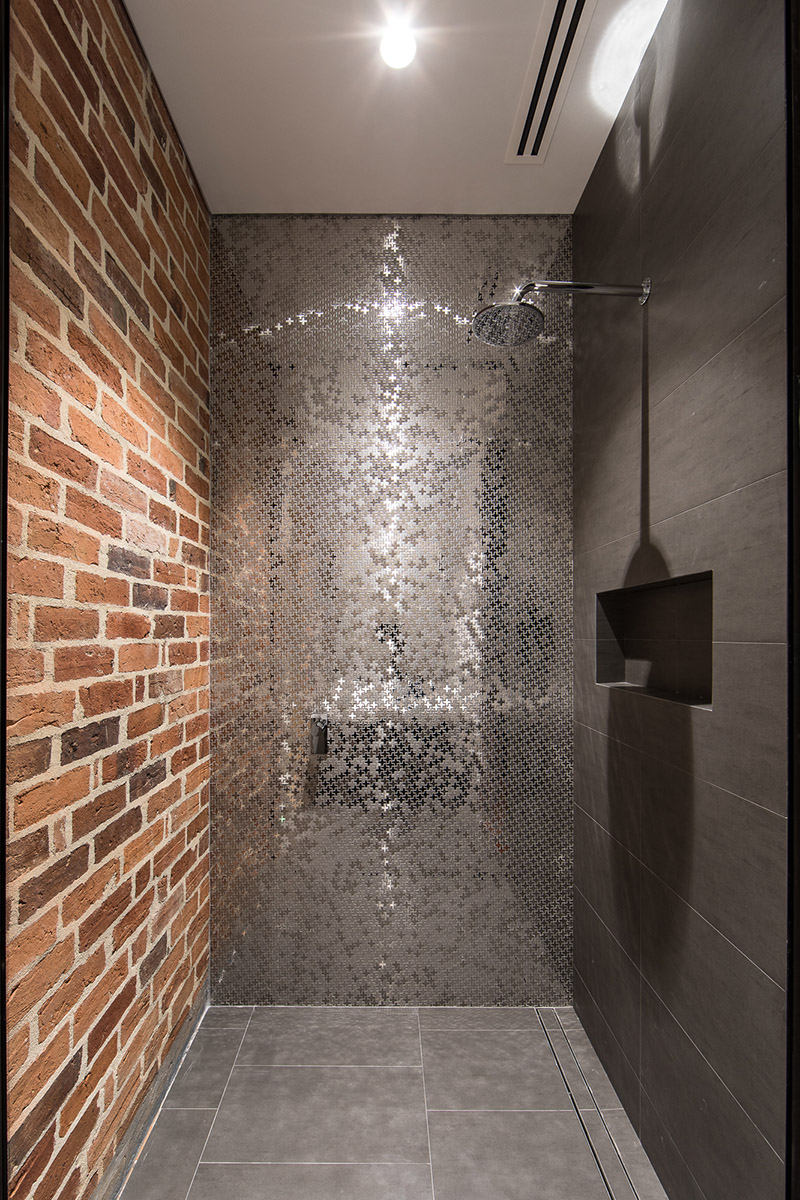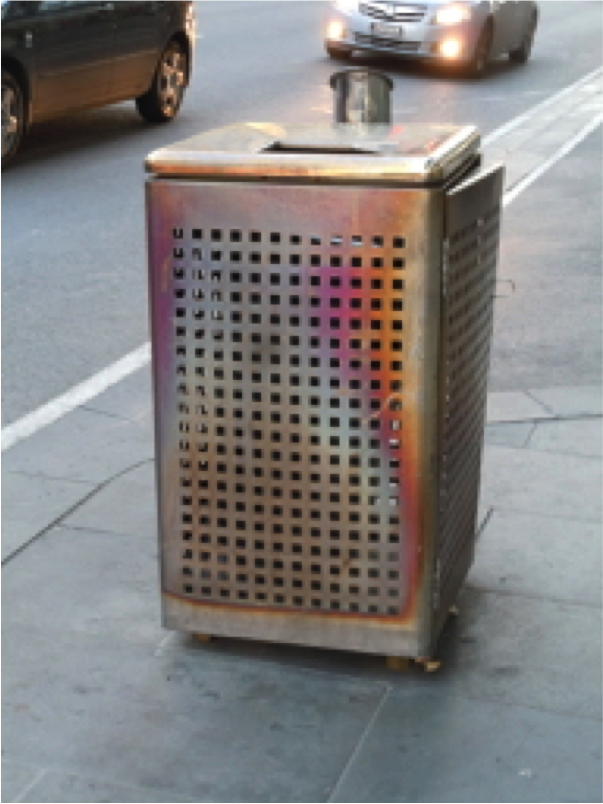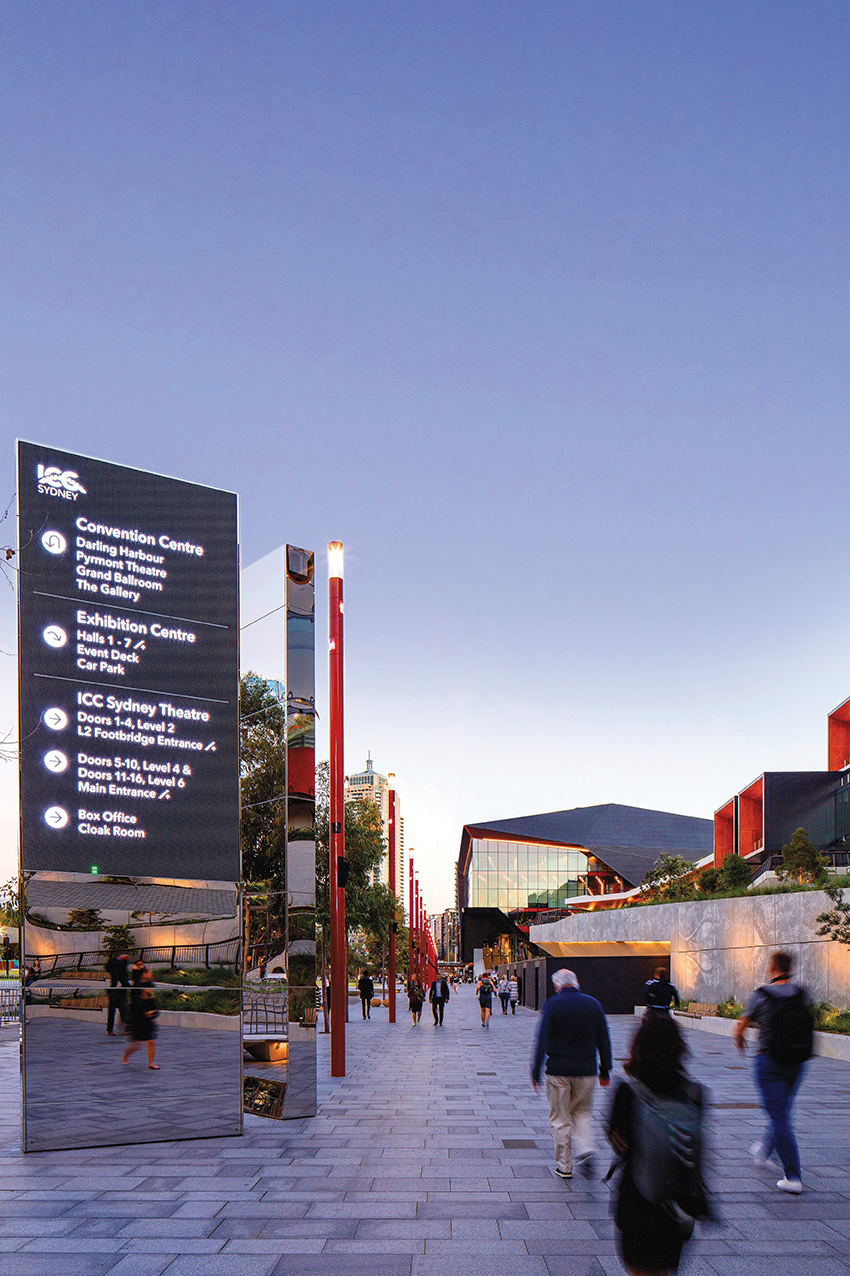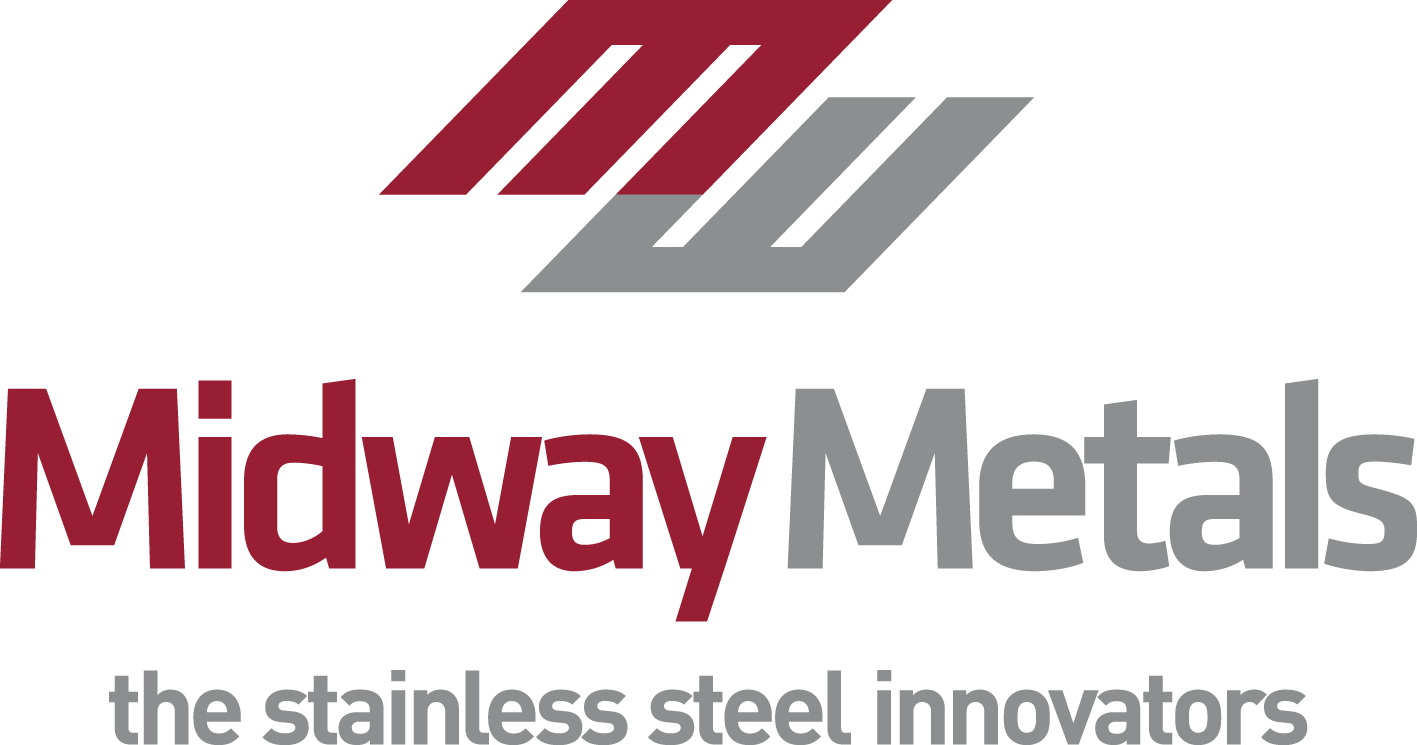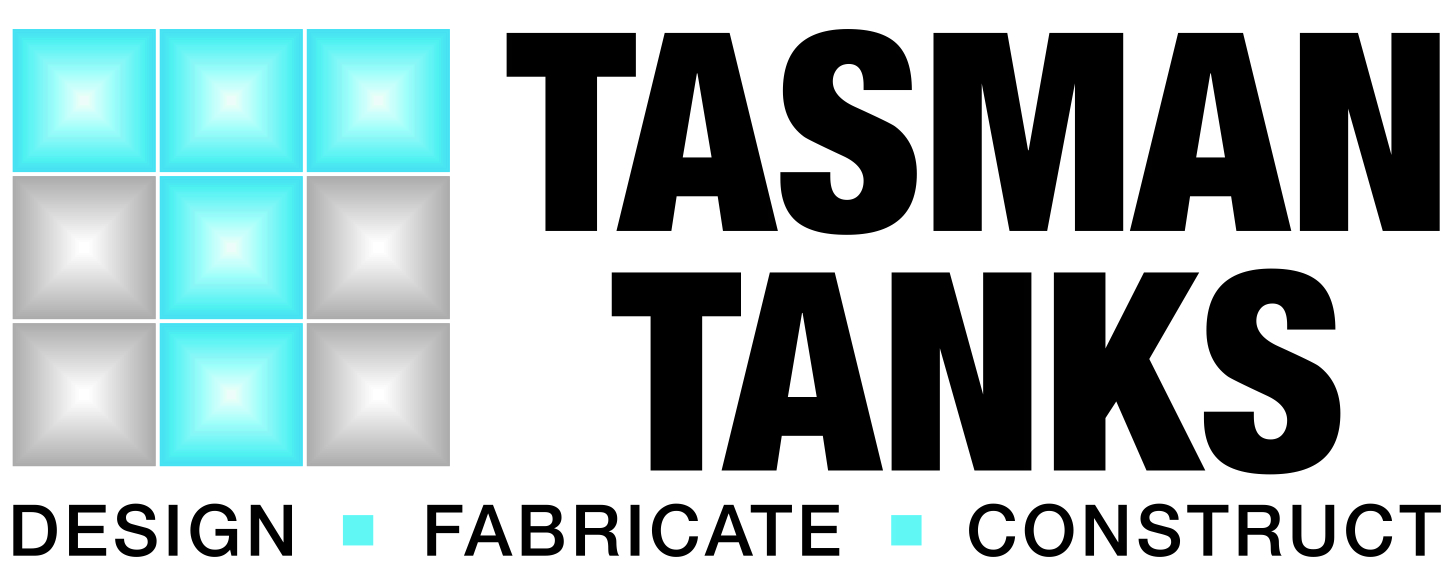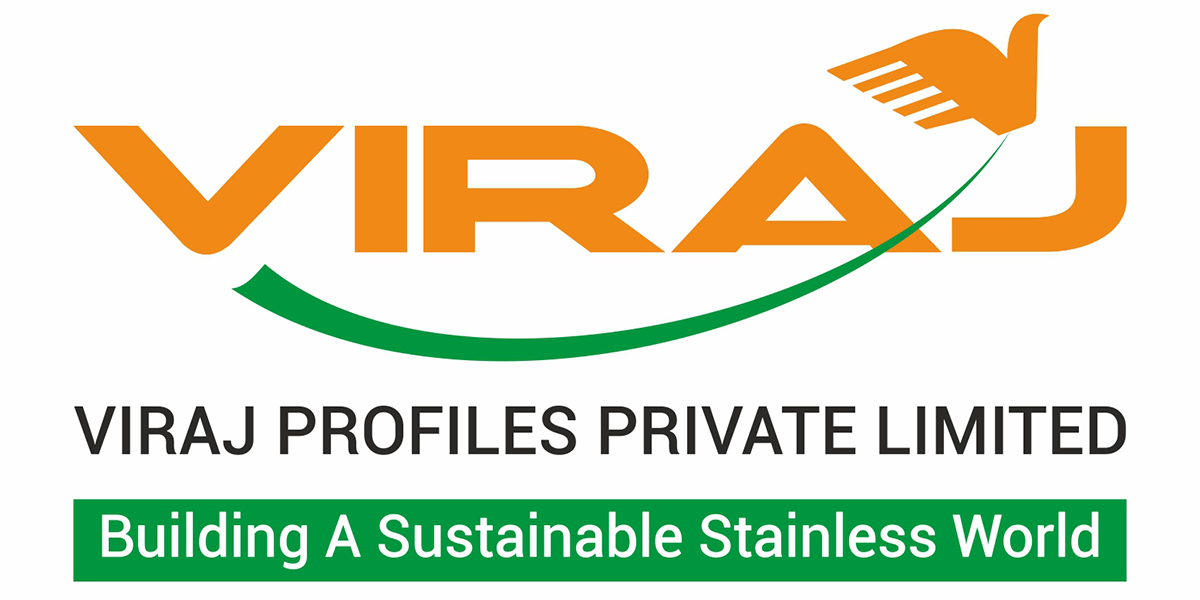Stainless steel hot water heaters offer superior design combining high thermal efficiency, corrosion resistance, durability and performance for domestic applications.
ASSDA Member Rheem Australia has been committed to delivering hot water systems for over 80 years, with its first gas water heater manufactured in 1939 in Waterloo, Sydney. Through new product development and innovation, Rheem Australia has pioneered the commercial production of Australian-made hot water systems, designed and built for Australian conditions.
Operations Manager at Rheem, Gavan Schaeche, says, “Rheem Moorabbin is leading the way with its very own Stainless Steel and Commercial Centre of Excellence. The centre performs 125km of stainless steel welds





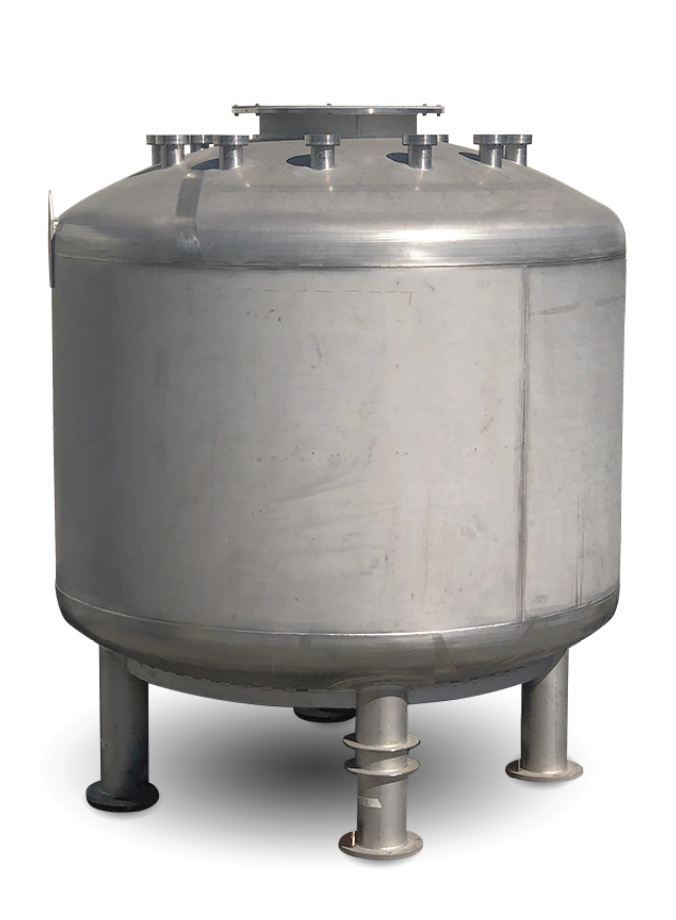 unused gold mine in Western
unused gold mine in Western 






